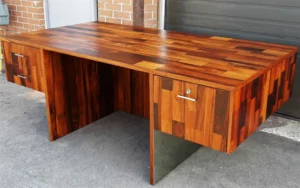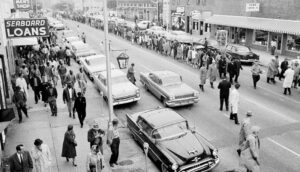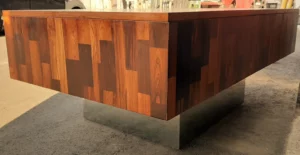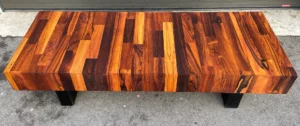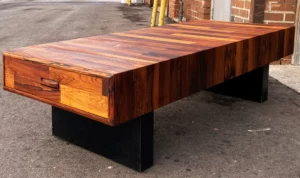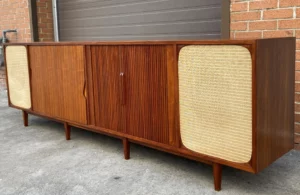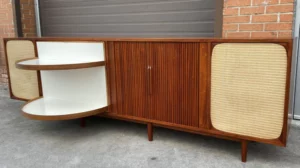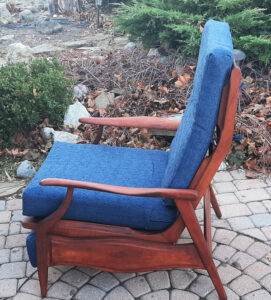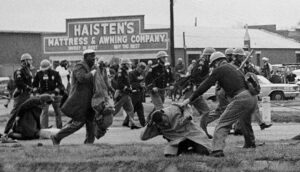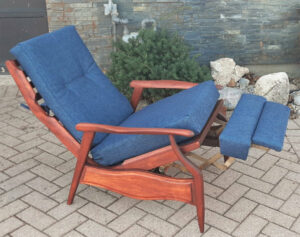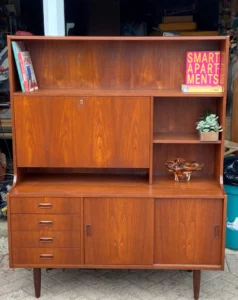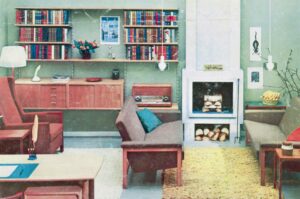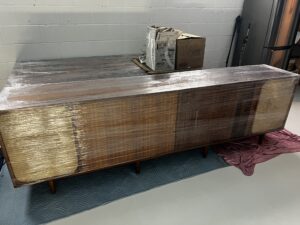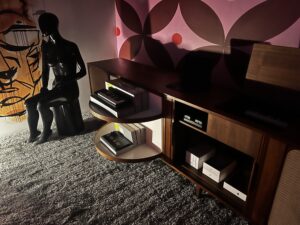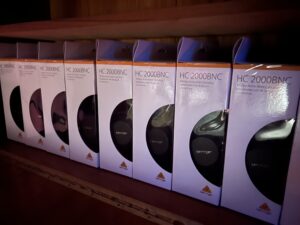Beat Street continues to bridge gaps between students and established arts professionals. Whether a performer at one of our fundraisers or an artist in residence, you can always catch a live art performance of some sort when visiting the gallery.
Sixties Section
The 60s decor for Beat Street was chosen by design. It was decided that the 1960s played such an integral part on the timeline of documented black history in Africa + North America. The black average life-span was seven years less than whites at that time. Black children had only half the chance of completing high school, only a third the chance of completing college, and a third the chance of entering a profession when they grew up. On average, blacks earned half as much as whites and were twice as likely to be unemployed. During the 1960s, however, a growing hunger for full equality arose among blacks. "Now is the time." The decor and furnishings in Beat Street stimulate thought on origins, black heritage, and cross culture during that period.
